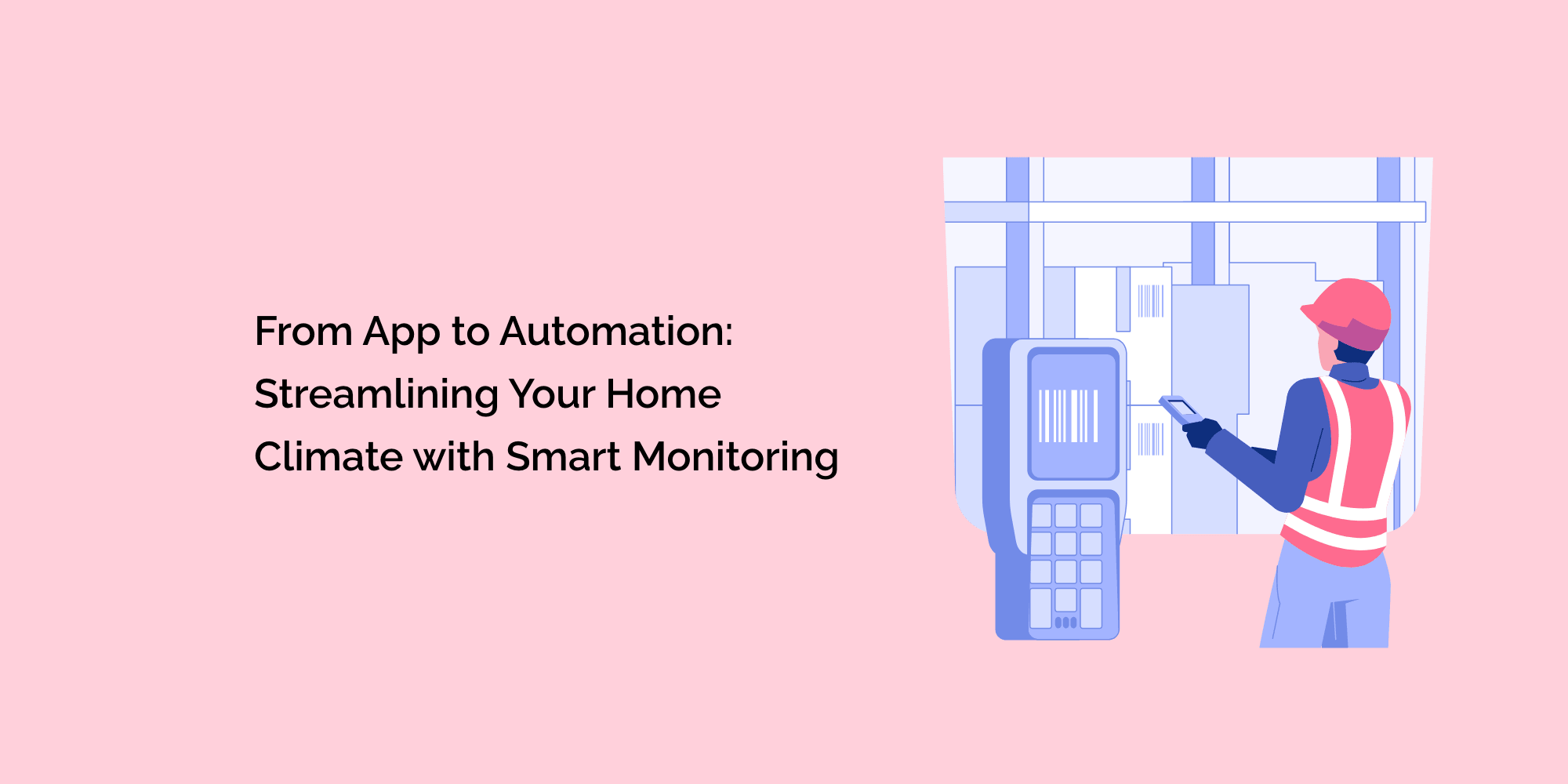The world of smart home technology has revolutionized the way we interact with and manage our living spaces. Among the various aspects of smart homes, climate control stands out as a cornerstone of comfort and energy efficiency. Thanks to advancements in smart monitoring, homeowners can now seamlessly transition from using mobile apps to complete automation to maintain the perfect indoor climate. This blog explores the journey from app-based control to full-fledged automation, highlighting the benefits and possibilities that smart monitoring brings to home climate management.
The Rise of Smart Climate Control
Smart climate control systems have elevated the way we manage indoor temperature and humidity. These systems utilize advanced sensors, smart devices, and data-driven algorithms to create environments that cater to individual preferences while optimizing energy consumption.
Controlling Your Climate with Mobile Apps
Mobile apps have become the gateway to managing various smart devices, including climate control systems. Smart thermostats and climate monitoring apps enable homeowners to adjust settings remotely, providing comfort and convenience whether they're at home or away. This level of control allows you to set the perfect temperature and humidity levels before you even step through your front door.
Personalization through App-Based Control
Smart climate control apps offer a high degree of personalization. You can program schedules for different times of the day, ensuring that your home is always at the right temperature when you need it. Some apps even use geofencing technology to detect your location and adjust settings automatically, further enhancing personalization and energy efficiency.
Energy Efficiency and Cost Savings
One of the significant advantages of app-based climate control is its contribution to energy efficiency. By remotely adjusting settings based on your routine, you can prevent unnecessary heating or cooling when nobody is at home. This results in energy savings and lower utility bills, all while reducing your carbon footprint.
Transitioning to Smart Monitoring
The evolution of smart technology doesn't stop at app-based control. Smart monitoring takes climate management a step further by incorporating real-time data and automation to create seamless and efficient living environments.
Real-Time Data Collection and Analysis
Smart monitoring systems utilize sensors placed strategically throughout your home to collect data on temperature, humidity, occupancy, and even outdoor weather conditions. This real-time data provides insights into your home's climate, enabling the system to make informed decisions.
Dynamic Adjustments and Automation
Smart monitoring systems go beyond manual adjustments. They can automatically analyze the collected data and make dynamic adjustments to maintain optimal climate conditions. For instance, if the system detects an increase in humidity levels, it can activate the dehumidifier without requiring your intervention.
Learning Algorithms for Personalization
Advanced smart monitoring systems use learning algorithms to understand your preferences and routines over time. They can anticipate your needs and automatically adjust settings accordingly, creating a personalized and comfortable living environment without requiring constant input.
Seamless Integration with Smart Ecosystems
Smart monitoring systems seamlessly integrate with other smart devices in your home. They can communicate with smart blinds, lighting systems, and even appliances to create a comprehensive ecosystem that optimizes energy consumption and enhances comfort.
Energy-Efficient Automation
Full-fledged automation offered by smart monitoring leads to exceptional energy efficiency. The system learns when to heat or cool different zones of your home, optimizing energy usage based on occupancy patterns and environmental conditions.
Ensuring a Healthy Environment
Beyond comfort and energy efficiency, smart monitoring contributes to a healthier indoor environment. By monitoring and adjusting humidity levels, these systems help prevent mold growth and allergen proliferation, promoting better indoor air quality.
Remote Access and Peace of Mind
Even in automation, homeowners maintain control. Smart monitoring systems can be accessed remotely through mobile apps, ensuring that you can monitor and adjust settings wherever you are. This level of control offers peace of mind, especially when unexpected changes in plans occur.
Conclusion
The journey from app-based control to smart monitoring and automation represents a significant leap in home climate management. Smart technology has transcended mere convenience, enabling homeowners to create living spaces that are not only comfortable but also efficient, personalized, and health-conscious. As we embrace the possibilities offered by smart monitoring, we embark on a new era of smart homes where our environments are finely tuned to our needs, seamlessly blending technology and well-being for a more harmonious and enjoyable living experience.








